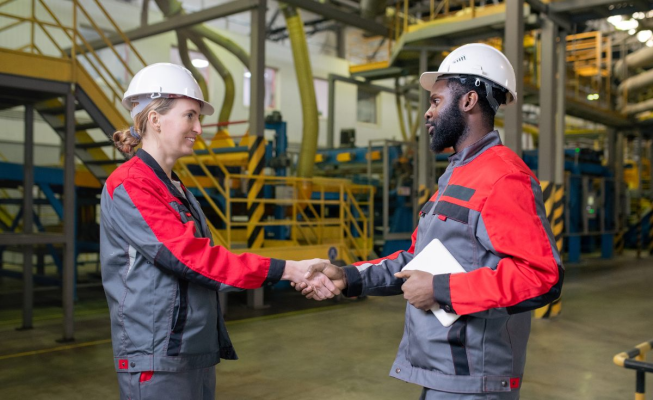Aerospace Inspection: A Mission for Perfection
The aerospace industry is one of the most demanding industries in terms of precision and safety. Every flight carries hundreds of passengers and crew members, making absolute safety a top priority. Inspection plays a crucial role in verifying the integrity of aircraft components and systems, ensuring airworthiness and safety for every journey.
Rigorous Inspection Processes
To achieve the highest level of reliability, the aerospace industry employs stringent inspection processes throughout the entire lifecycle of an aircraft, from design and manufacturing to operation and maintenance. These processes strictly adhere to international standards set by organizations such as the FAA (Federal Aviation Administration) and EASA (European Union Aviation Safety Agency).
Main Inspection Stages:
- Kiểm tra thiết kế: Evaluates the feasibility, safety, and efficiency of the aircraft design and its components.
- Manufacturing Inspection: Ensures that components are manufactured according to design specifications and quality standards.
- Assembly Inspection: Verifies the accuracy and safety of the aircraft assembly process.
- Pre-Flight Inspection: Conducts a comprehensive inspection of the aircraft before each flight to ensure safety.
- Kiểm tra định kỳ: Performs scheduled maintenance and inspections to detect and address potential issues.

Non-Destructive Testing (NDT) Methods
Non-destructive testing (NDT) is a crucial part of aerospace inspection. NDT allows for the examination of components and systems without causing damage, ensuring integrity and safety. Common NDT methods include:
- Ultrasonic Testing: Uses sound waves to detect internal flaws in materials.
- Industrial Radiography: Uses X-rays to create images of the inside of materials.
- Magnetic Particle Inspection: Uses magnetic fields to detect surface cracks in ferromagnetic materials.
- Liquid Penetrant Inspection: Uses a liquid penetrant to detect surface cracks in non-ferromagnetic materials.
- Eddy Current Testing: Uses induced electrical currents to detect surface and subsurface flaws.
The Role of Technology in Inspection
Technology plays an increasingly important role in enhancing the efficiency and accuracy of aerospace inspection. Technologies such as artificial intelligence (AI), machine learning (ML), and robotics are being used to automate inspection processes, analyze data, and detect potential problems early on.
Inspection is an indispensable element in the aerospace industry, ensuring the safety of millions of passengers and crew members daily. The advancement of technology and rigorous inspection processes are continuously improving the safety and efficiency of the aerospace industry.
Nếu bạn cần dịch vụ kiểm tra chất lượng chuyên nghiệp, hãy liên hệ với VIS ngay hôm nay! Chúng tôi đảm bảo chất lượng sản phẩm của bạn trong mọi bước.




Bài viết liên quan